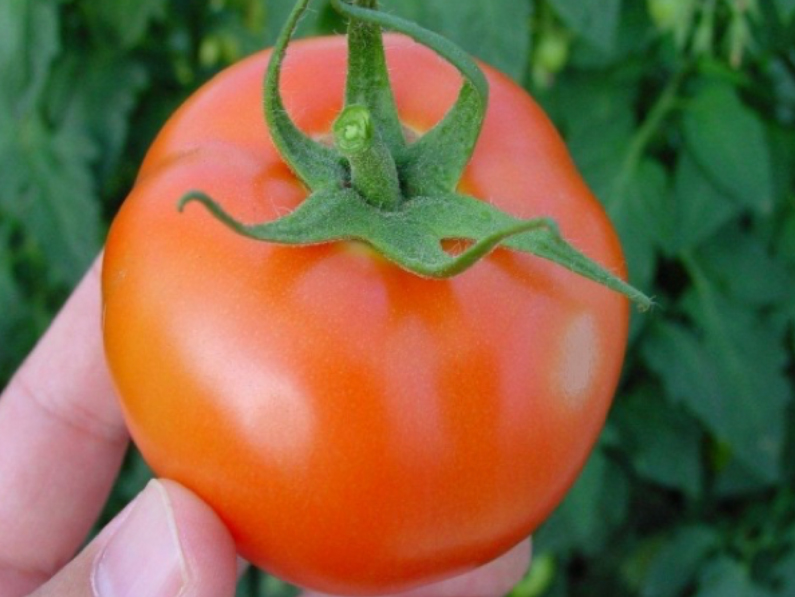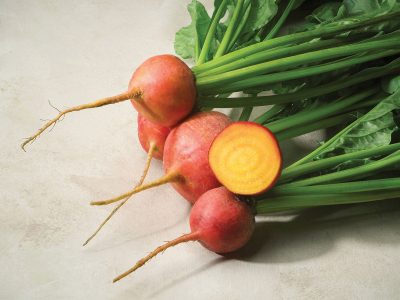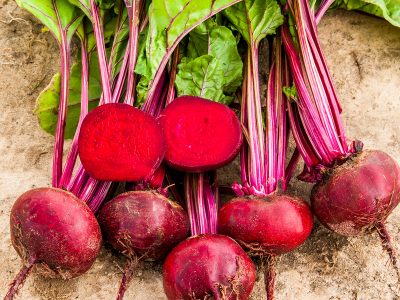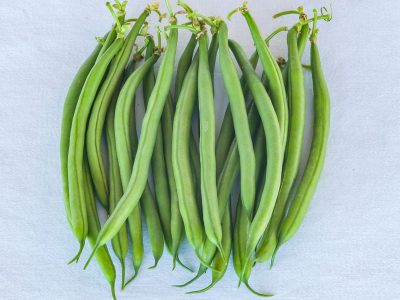Rhapsody F1 Hybrid Indeterminate Salad Tomato
OUTSTANDING QUALITIES
- QUALITY FRUIT
- VERY GOOD SHELF LIFE
- EXCELLENT DISEASE RESISTANCE
Rhapsody is an indeterminate salad tomato with an excellent disease package. This variety has excellent yield potential and good quality fruit with extended shelf life. The average fruit size is approximately 120 – 160 g when plants are topped after 6 – 8 clusters. Rhapsody lends itself to production in the open field and under shade net. Rhapsody has high resistance to Verticillium wilt race 1 (Vd: 1), Fusarium wilt races 1 and 2 (Fol: 1 – 2) and Root-knot (Mi, Mj). In addition, it has intermediate resistance to Bacterial wilt race 1 (Rs: 1), Bacterial canker (Cmm), Bacterial spot (Xcv now Xav), Bacterial speck (Pst) and Tomato mosaic (ToMV).
SPECIAL VARIETAL REQUIREMENTS
- Do not over-fertilise in the beginning with nitrogen
- Very good results when plants are topped after 6 – 8 clusters
- Contact area representative for more information




